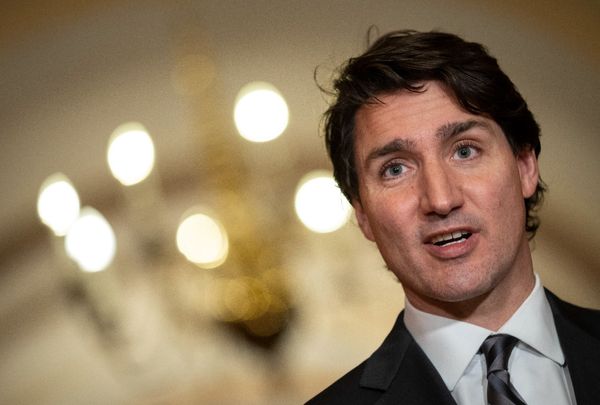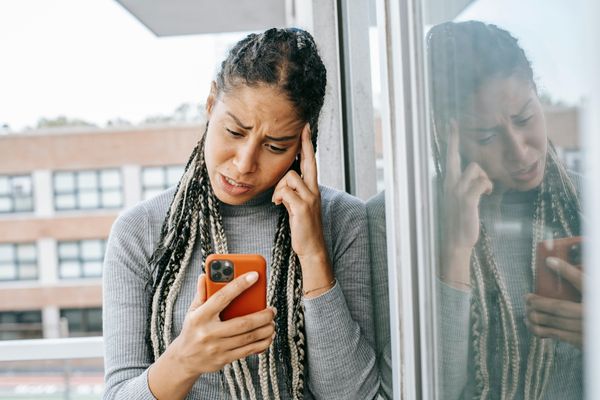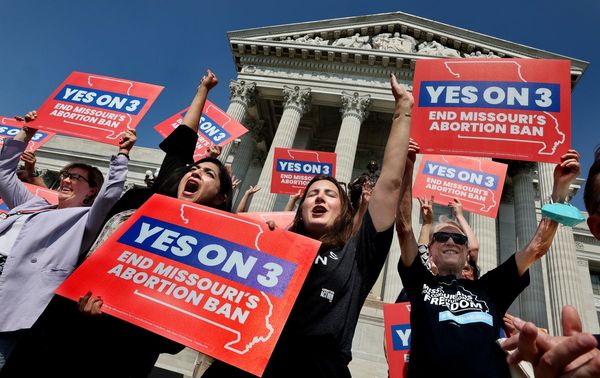The end of the pandemic has been less like a car slamming on the brakes and more like a ship that has turned off its engines and is slowly gliding to a stop.
New York Gov. Kathy Hochul’s weekday COVID communiqués, the descendants of former Gov. Andrew Cuomo’s daily briefings that began three years ago, have come to a close, replaced by weekly updates that will count down towards the end of the federal health emergency in May. The Johns Hopkins Coronavirus Resource Center, which tracked the virus worldwide around the clock from the start, closed on March 10.
Once-ubiquitous masks have slipped from many faces, with some still choosing to wear them in public but most places having dropped their mandates. Litanies of COVID-specific programs in government, nonprofits, and academic and research institutions have tapered out, and many increasingly reference the pandemic as something that we lived through, and which is now fading.
But COVID is not gone. On Thursday, there were 11 deaths in New York state and hundreds more nationally. There remain thousands of hospitalizations among people at risk, primarily the unvaccinated and the elderly. There is always the chance that new variants will emerge, and in fact it’s almost certain that the virus will continue transforming and permeating itself in some form pretty much indefinitely, which is why the particularly vulnerable, including senior citizens and those with comorbidities, should continue getting boosters when they are available.
Ultimately, one of the most lasting things that can come from the era of COVID is shifting how we respond to public health emergencies in the future. For years prior to the pandemic, the public and our leaders had been waving away warnings that a pathogen much like this could emerge and wreak havoc.
Now that we have survived, we can hope that policymakers at every level will be better prepared for the next one, because COVID certainly won’t be the last. That includes practical considerations, like keeping proper stocks of PPE, but also sociological ones, like understanding the damage that disinformation can inflict.







